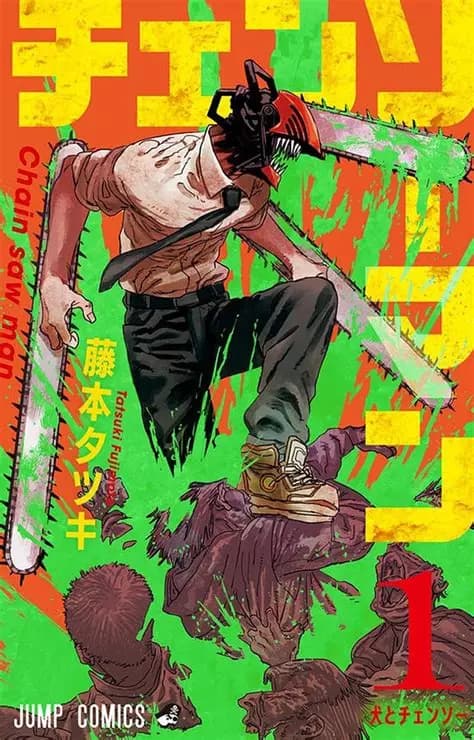Hauntless by Abby Blenk
Played: 4/4/24
Playtime: 1.75hr, died in disgrace
Among the most uncommon experiences I have, here in my modern engagement with IF, is the tremendously enjoyable failure. I don’t mean failure of the game, I mean failure of me, the player. Games I beef so hard they leave welts, yet still look back on fondly. There are two flavors of those, both utterly remarkable for their accomplishments. The first, arguably more subtle, are a cold dose of water, exposing the REASONS for my failure as of a piece with the work’s themes. These games finesse my failure into the artwork itself. The more brute force way is “simply” to present such overwhelmingly enjoyable gameplay, such delightful prose and plotting that even the stink of failure doesn’t diminish my esteem for it. In some ways these are the spiritual Yin to the “It’s Not You, It’s Me” Yang.
I kind of showed you my cards with that intro didn’t I? The game presents a supernatural investigation into a mass killing scenario nearly a hundred years old, to free a ghost from purgatory. Why not? You then spend the game exploring beautifully described and illustrated carnival remnants looking for clues to solve things. Why didn’t police find these clues back then? Eh, who cares? You proceed to wade through old artifacts, notes and journals piecing together the events and characters from that fateful day. It is all so vividly rendered, which is a tribute to the prose. Both the decay around you, and the inner lives of long dead characters are painted so clearly that despite a reasonably large cast all of them feel alive and unique. Honestly, as a novel I would eat it with a spoon.
As a game, the link-select gameplay lets you navigate around the tattered tents, kicking up new clues with each revisit (to a point), all to the purpose of using a Clue-like scorecard to eliminate suspects, weapons and locations to solve a specific murder. Clue seems to have fallen out of favor as a deduction game this century, with so many stronger modern innovations stepping up, but its process-of-elimination bones are solid, especially when grafted to a well written series of vignettes that require player intuition to translate into “elim this one.” Other gameplay nods include tracking your return visits (as a soft pointer to potentially more information), reviewable lists, testimony and artifacts all supporting your ‘can I eliminate anyone/anything/anywhere?’ gameplay. As is my nature I tried to EXHAUST the information available before cycling to endgame. I took copious notes, even creating a spreadsheet to track character interrelations. I was one roll of yarn away from a full on Mind Map.
Along my investigation, there were more technical glitches than could be overlooked. The wonderful illustrations only actually loaded about half the time. More seriously, periodically I would get red bars of doom saying things like: “(mock-visits:) cannot be used outside of debug mode.”,
“A custom macro (with no params) didn’t output any data or hooks using (output:) or (output-data:).” Or other such. I don’t THINK they affected my ability to gather clues, though one appeared when I tried to retrieve a needed key that might have locked me out of something. There was still enough meat to power past those until I exhausted the environs and it was time to put up or shut up.
I did, like a good pro-player, save at this point. Foreshadow.
Here is where I must now discuss and dissect my epic fail. While technically not spoilers as, again, FAILURE, know what you are in for if you continue to read these, let’s call them ANTI-SPOILERS. Here’s the thing. This was a mass murder event, right? Despite what I am going to call too-soft steering that the goal was to solve ONE murder, I assumed, and played as if, solving them all would solve the one. Through that lens, there is no better alibi than ALSO BEING MURDERED. The game made this fun by sometimes identifying bodies, but sometimes requiring you deduce bodies’ identities to eliminate them. At the end I was able to narrow to two potential survivors/suspects. Only one of them had a plausible motive for mass murder (though that was admittedly a HUGE logical jump), so, boom! Suspect identified. Similar logic was applied to weapon: if I found it, it couldn’t be the weapon because the murderer clearly must have run off with it. Shut up, my logic is unassailable!
Yeah, the game didn’t think so either. Two strikes right off the bat with my two possibilities. Dafug? Ok, maybe the mass murder theory was blindering me - who remaining had reason to kill the victim even if they were somehow later murdered, unrelated? Strike three. Y’know how in baseball, after strike three you are out? In Hauntless, after strike three you are DEAD.
Wow mystery, you have my attention, let me just restore that savegame I foreshadowed earlier and…
“The (dropdown:) macro was given a bind to $saveLoader and the string “guess 1”, but needs 1 more value.”
No restore possible. Well, crap. This left me at a crossroads. Do I really comb through ANOTHER at least hour and a half, retracing every one of my steps to revisit this scenario absent my initial assumptions?
I think I do, but maybe like in a few months when the technical problems have been fixed. I really was engaged deeply in this thing, loving the environment, gameplay and prose. The fact that I got it SO wrong hurt a bit, but hey, I’m resilient. I just don’t think I can give it that much time NOW, and not in its current state. ESPECIALLY without a functioning save-restore.
Horror Icon: Jigsaw
Vibe: Supernatural Cluedo
Polish: Rough
Gimme the Wheel! : I mean, if it were my project, fix all those bugs, natch. Starting with that patently cruel RESTORE one.


